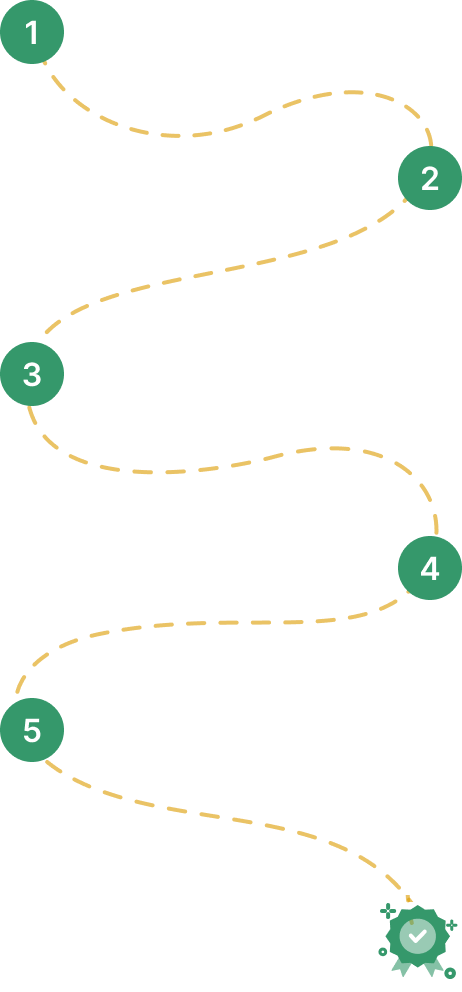- Home
- Cyber Security and SIEM Courses
- Penetration Testing Training


Real-time Use cases | 24/7 Lifetime Support | Certification Based Curriculum |
Flexible Schedules | One-on-one doubt clearing | Career path guidance |
MindMajix's Penetration Testing Course prepares the learners to plan, prepare, and execute a penetration test in an enterprise and is offered as on-demand videos or live instructor-led online training modes. In this Pen Test training, participants will learn the real-world penetration testing methodologies and techniques through 25 practical lab exercises, various use cases, and quizzes. At the end of the training, learners will be ready to conduct end-to-end pentest using all the pen test tools and will be assisted by the MindMajix job support team in building a career in cyber security.
Note: This penetration testing training course covers most of the hacking skills that are highly in demand, as well as four certifications:
The penetration course curriculum is designed to get learners to build skills by performing penetrations tests and documenting the methodologies.
Most of the Penetration Testing Jobs in the industry expect the following add-on skills. Hence, we offer these skills-set as FREE Courses (Basics) to ease your learning process and help you stay ahead of the competition.
Our Penetration Testing Training course aims to deliver quality training that covers solid fundamental knowledge on core concepts with a practical approach. Such exposure to the current industry use-cases and scenarios will help learners scale up their skills and perform real-time projects with the best practices.
33 hrs of Self-Paced Videos

Get Pricing
33 hrs of Remote Classes in Zoom/Google meet
2025 Batches
Start - End
Local Time
Weekdays
Dec 23 - Jan 07
07:00 PM
Weekend
Dec 27 - Jan 11
09:00 AM
Weekdays
Dec 30 - Jan 14
09:00 AM
Weekend
Jan 03 - Jan 18
07:00 PM
Customize your schedule here

Empower your team with new skills to Enhance their performance and productivity.

Passing Penetration Testing Quizzes & Assessment exams is mandatory to attain the Penetration Testing Course Completion certificate
Every learner completing the entire course with assessments will receive a course completion certification from MindMajix. After completing the training, learners can appear for any of the official certifications mentioned in the course overview.

Excellent course for both professionals and beginners. Guys, I highly recommend this if you want to improve your penetration testing skills at your own pace with the highest quality. It is one of the most affordable and valuable courses you should enroll in if you want to comprehend security ideas and be prepared to address difficulties that arise in the actual world of business.
System Administrator
With MindMajix, I learned a lot. You become familiar with the current security industry through the penetration testing course. This certification is in great demand for security analysts, and the way the course is structured is simply superb.
Systems Administrator Senior
Everything is very well organized. I gained enough practical experience through live projects and sessions. The Penetration Testing training course included more implementation than theory, which aids in a deeper understanding of various concepts.
Information Technology Specialist
Lead - Salesforce Cloud, D&IT
Senior Technical Manager
Global Head of Infra, Security and Networks,
Business Analyst at American Red Cross, Culpeper, Virginia, United States
IT Business Systems Analyst, Sales Applications • CX GTM Global Program Manager - WomenConnect
Team Leader - DB Admin


Our work-support plans provide precise options as per your project tasks. Whether you are a newbie or an experienced professional seeking assistance in completing project tasks, we are here with the following plans to meet your custom needs: